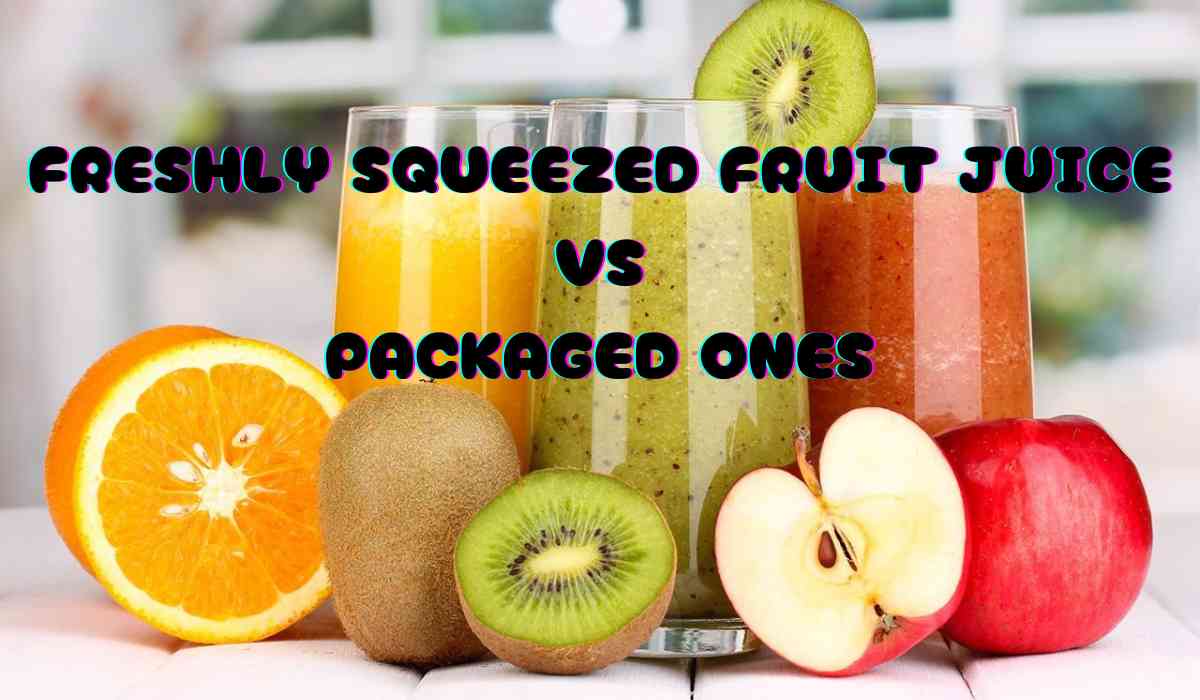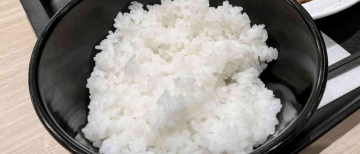To ensure honesty and clarity in the food industry, the FSSAI has instructed FBOs to stop using '100% fruit juice' claims on their labels and ads. The FSSAI found such claims misleading, especially when juices mainly consist of water or are made from concentrates. This action aims to safeguard consumers and promote accurate labeling for informed decision-making.
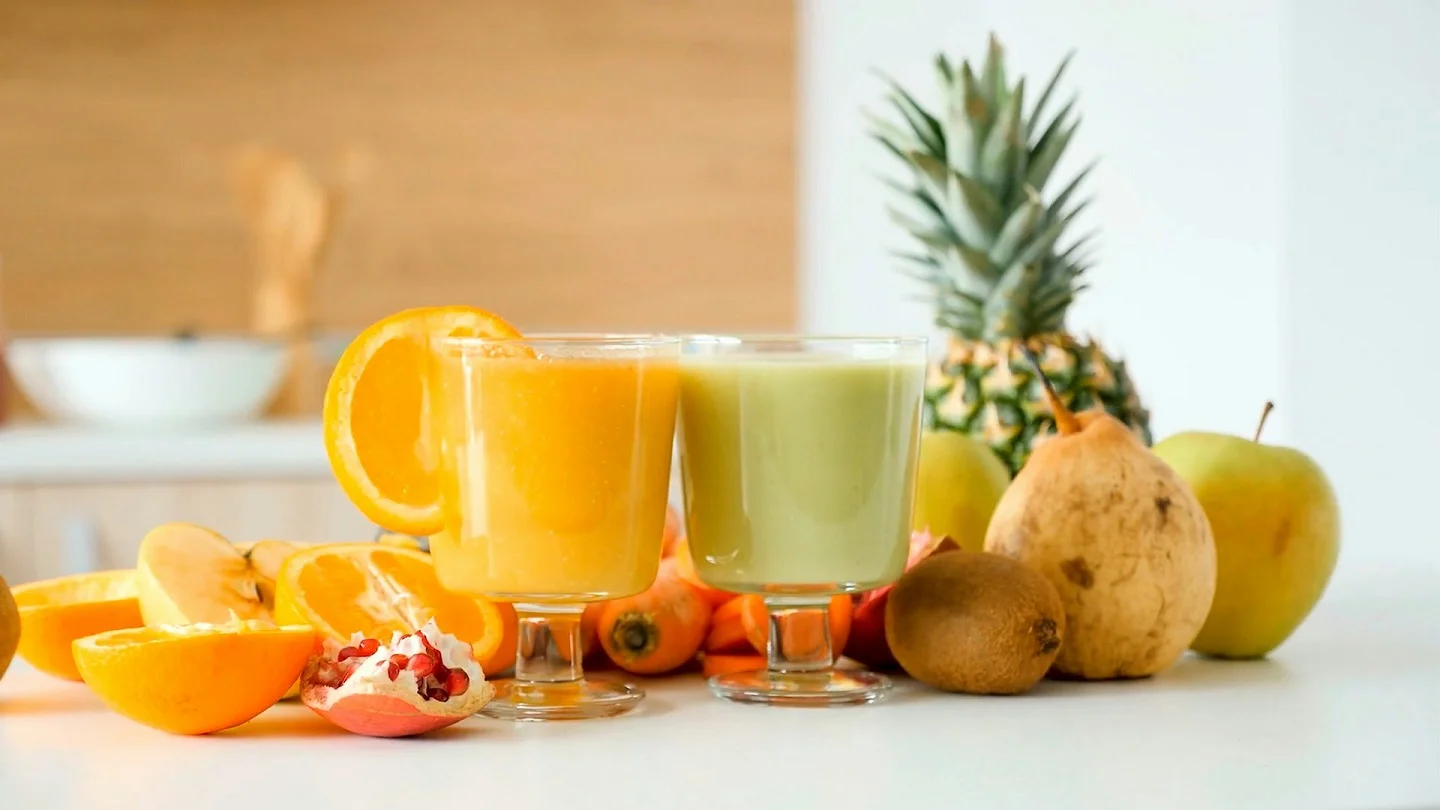
But why are freshly squeezed fruit juices recommended instead of packaged ones?
Freshly squeezed fruit juices are recommended over packaged ones for several key reasons:
-
Nutritional Content
-
Higher Nutrient Levels: Freshly squeezed juices contain higher levels of vitamins, minerals, and antioxidants. The processing and storage of packaged juices can degrade these nutrients.
-
Enzyme Activity: Fresh juices retain natural enzymes that aid in digestion and absorption of nutrients, which are often destroyed during the pasteurization process used for packaged juices.
-
Additives and Preservatives
-
No Additives: Fresh juices do not contain preservatives, artificial colors, or flavors, which are commonly found in packaged juices to extend shelf life and enhance taste.
-
Lower Sugar Content: Packaged juices often have added sugars or high-fructose corn syrup, which can contribute to various health issues such as obesity, diabetes, and heart disease.
-
Freshness and Flavor
-
Superior Taste: Freshly squeezed juices tend to taste better because they are made from fresh, ripe fruits without undergoing processing that can alter flavor.
-
No Oxidation: Fresh juices are consumed immediately, minimizing oxidation and nutrient loss. Packaged juices can oxidize over time, which can degrade flavor and nutritional value.
-
Health Considerations
-
No Heat Treatment: Fresh juices are not subjected to heat treatments like pasteurization, which can destroy beneficial nutrients and enzymes.
-
Controlled Ingredients: When making fresh juice, you have control over the ingredients, ensuring that only high-quality, fresh fruits are used without any unwanted additives.
-
Environmental Impact
-
Less Packaging Waste: Fresh juices typically generate less packaging waste compared to store-bought juices, which often come in plastic or tetra packs that contribute to environmental pollution.
-
Local Sourcing: Freshly squeezed juices can be made from locally sourced fruits, supporting local agriculture and reducing the carbon footprint associated with transporting packaged juices.
-
Customization and Variety
-
Personalized Blends: You can customize fresh juices to your taste preferences and dietary needs, mixing different fruits and even adding vegetables for a more varied and nutrient-rich drink.
-
Seasonal Freshness: Using seasonal fruits for juicing ensures that you are consuming produce at its peak freshness and nutritional value.
Overall, freshly squeezed juices offer superior nutritional benefits, better taste, and fewer additives, making them a healthier and more environmentally friendly choice compared to packaged juices.
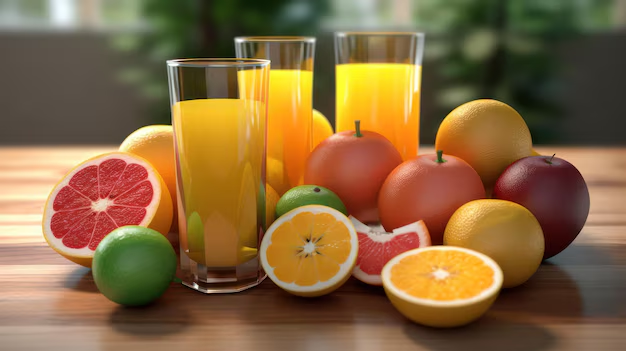
How can consumers distinguish between genuinely 100% fruit juice and those with misleading labels?
These are excellent measures for consumers to take when trying to distinguish between genuinely 100% fruit juice and those with misleading labels. To enhance this guidance, here are some additional tips and details for each measure:
-
Read the Ingredient List Carefully:
-
Look for a short ingredient list with only the fruit mentioned, such as "100% Apple Juice."
-
Avoid products with added ingredients like "fruit juice concentrate," "high fructose corn syrup," or "natural flavors."
-
Be wary of juices that include water, especially if it's listed as one of the first ingredients, indicating it's a major component.
-
-
Check for Certifications and Labels:
-
Look for specific certifications such as USDA Organic, Non-GMO Project Verified, or other regional equivalents that can indicate higher quality standards.
-
Recognize that terms like “no added sugar” and “not from concentrate” can be positive indicators but still require careful scrutiny of other label details.
-
-
Compare Prices:
-
Consider the price in the context of the brand's reputation and typical pricing for similar products. Be cautious of brands offering significantly lower prices than competitors for supposed 100% juice.
-
Compare prices per ounce or liter to better understand the value for money.
-
-
Look for Additional Information:
-
Research brands and read reviews from other consumers who have tested the juices.
-
Look for transparency in sourcing, such as specific farms or regions where the fruit is grown.
-
Check for information on the packaging or website about the manufacturing process, such as cold-pressing or pasteurization methods that can affect juice quality.
-
-
Trust Your Senses:
-
Notice the juice's color, which should be consistent with the fruit's natural hue without any artificial brightness or dullness.
-
Pay attention to the taste and texture; 100% fruit juice should taste fresh and have a natural mouthfeel, without any artificial aftertaste or excessive sweetness.
-
Smell the juice; a natural, fruity aroma is a good sign of purity, whereas a chemical or overly sweet smell might indicate added ingredients.
-
-
Check Nutritional Information:
-
Compare the nutritional information with the expected values for the fruit. For instance, 100% orange juice will have natural sugars, but it should not contain added sugars.
-
Look at the vitamin and mineral content, which can give clues about the juice's authenticity. For example, pure orange juice is high in vitamin C.
-
-
Consider Packaging:
-
100% fruit juice often comes in packaging that emphasizes freshness and purity, sometimes with minimalistic designs that highlight the fruit.
-
Be cautious of overly flashy packaging that focuses more on marketing claims than on the actual product quality.
-
By combining these measures, consumers can make more informed decisions and better identify genuinely 100% fruit juice, avoiding products with misleading labels.
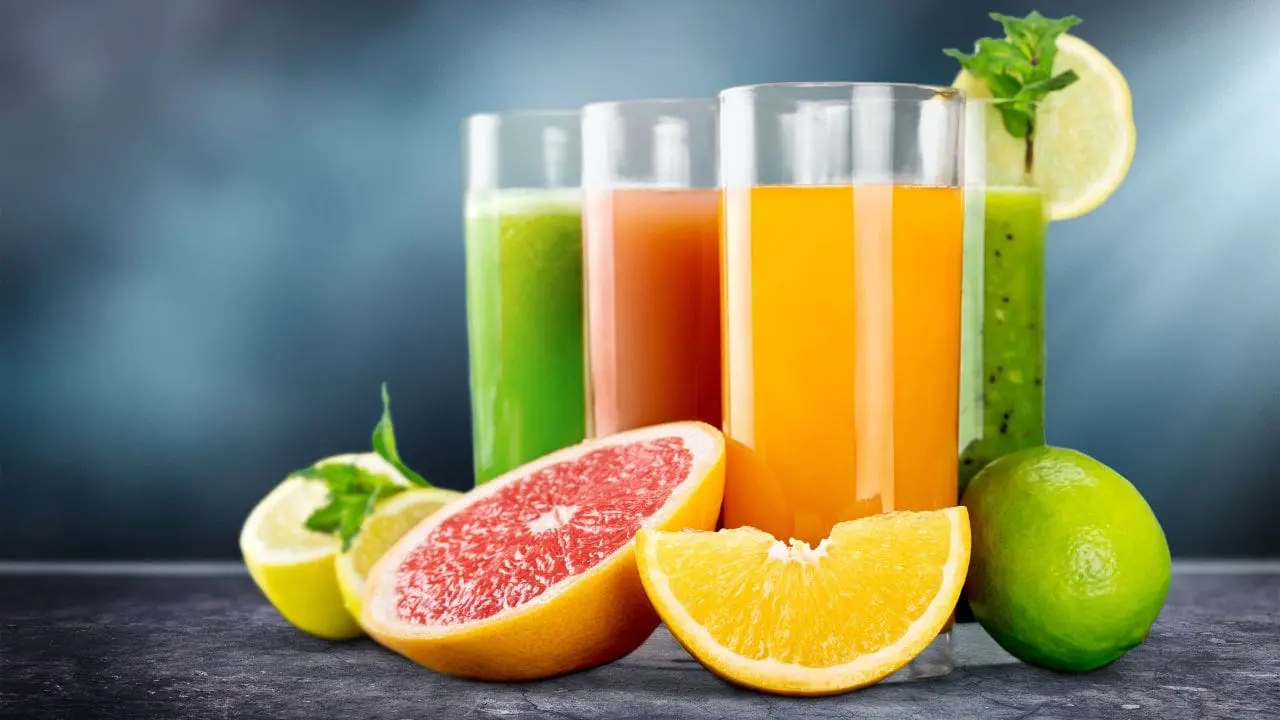
What steps FSSAI is taking to ensure compliance with the new labelling regulations among FBOs?
The measures outlined by FSSAI seem comprehensive in ensuring compliance with the new labelling regulations among Food Business Operators (FBOs). Here's a breakdown of each step:
-
Awareness and Training: Conducting workshops, seminars, and webinars is an effective way to disseminate information about the new regulations and provide guidance on their implementation. By educating FBOs on label design, ingredient declaration, and nutritional information requirements, FSSAI helps them understand the importance of compliance and how to achieve it.
-
Regulatory Guidance: Publishing detailed guidance documents and FAQs serves as a valuable resource for FBOs, offering them clear instructions and explanations regarding the regulations. This guidance can help address any uncertainties or questions FBOs may have, thereby facilitating smoother compliance.
-
Inspections and Surveillance: Regular inspections of food establishments play a crucial role in monitoring compliance with the new regulations. By conducting these inspections, FSSAI can identify any non-compliance issues and take corrective action promptly. Surveillance efforts ensure ongoing adherence to the regulations and help maintain food safety standards across the board.
-
Enforcement Actions: Enforcing compliance through various actions, such as issuing improvement notices, imposing fines, or suspending/cancelling licenses, underscores the seriousness of adhering to the regulations. By holding FBOs accountable for non-compliance, FSSAI reinforces the importance of maintaining food safety standards and encourages greater diligence in adhering to the regulations.
Overall, these measures collectively contribute to fostering a culture of compliance among FBOs and promoting the safe production and distribution of food products in accordance with the new labelling regulations.
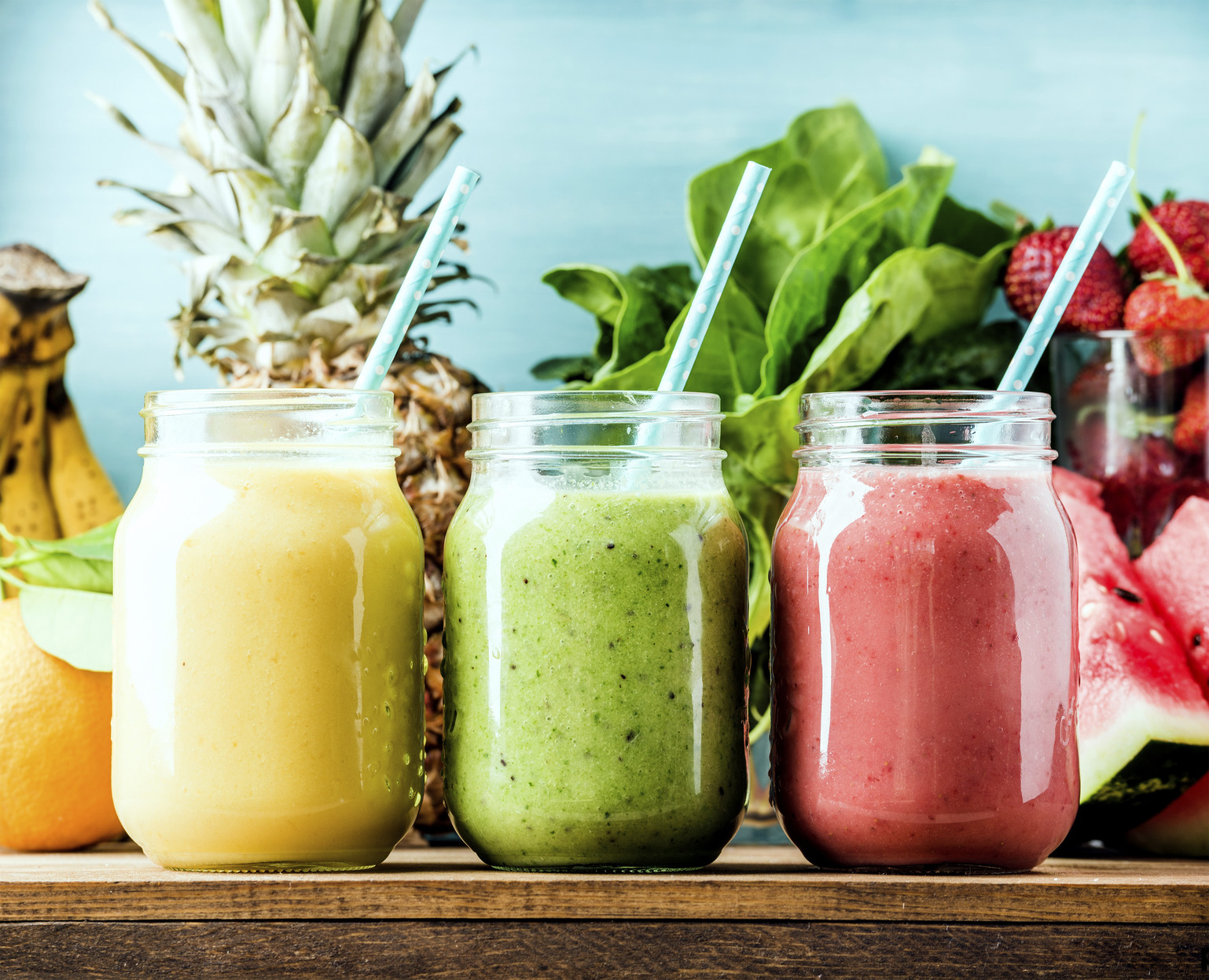
Freshly squeezed fruit juices offer superior nutritional benefits, purity, and health advantages compared to packaged and reconstituted juices. By following FSSAI’s guidelines and understanding how to identify genuine 100% fruit juice, consumers can make healthier, more informed choices.
With inputs from agencies
Image Source: Multiple agencies
© Copyright 2024. All Rights Reserved Powered by Vygr Media.

